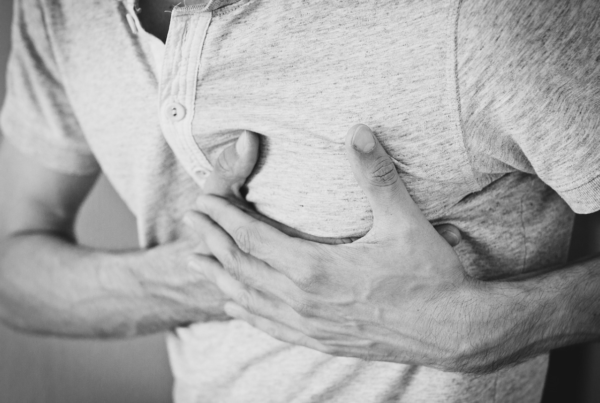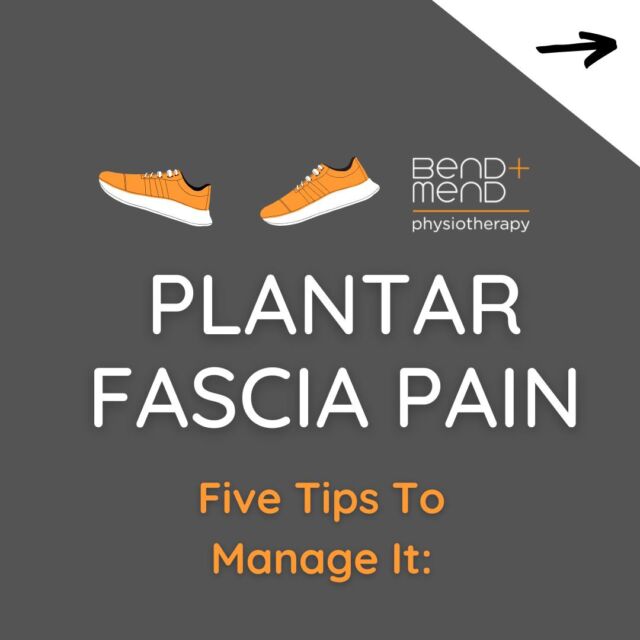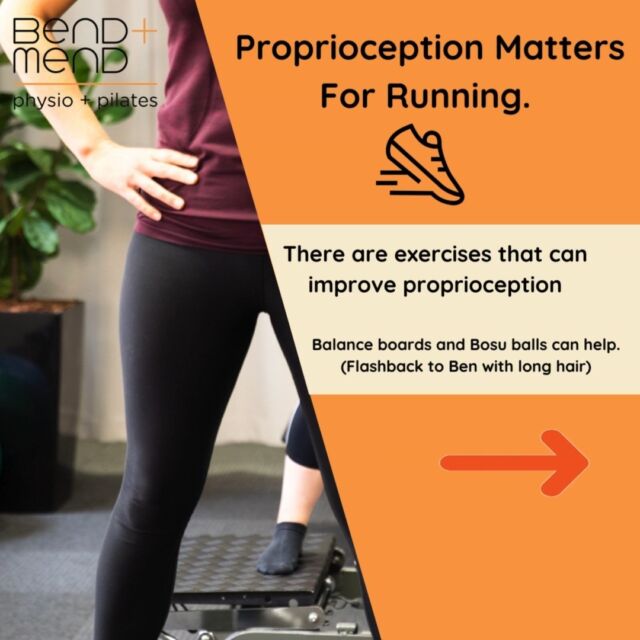Scheuermann’s Disease is a developmental disorder of the spine, characterised by abnormal wedge shaped vertebrae in the upper back (thoracic spine). This sometimes leads to postural abnormality and excessive curvature, i.e. increased thoracic kyphosis or ‘hunch back’, of the thoracic spine. Less commonly, it can also be found in lower back (lumbar spine). These changes occur during adolescence, usually at a time of rapid growth.
The spine consists of many bones called vertebrae. Each vertebra connects with the vertebra above and below via two types of joints; facet joints (two on either of the spine) and discs centrally (one separating each vertebra). In patients with Scheuermann’s disease, the front of the vertebra grows more slowly than the back, resulting in a prominent wedge. Along with the wedging of the vertebra, there are changes that typically occur at the junction between the disc and vertebra. These are known as Schmorl’s nodes and are characterised by protrusion of some of the disc into the vertebra. These nodes can be seen on X-Ray and are present for life, however they rarely cause long term problems.
What’s the Cause of Scheuermann’s?
Whilst the cause remains unknown, it appears to have an increased incidence in some families. It has been suggested that the condition may be due to excessive forces being placed on areas of pre-existing weakness in the vertebrae. Other factors which may contribute to the development of Scheuermann’s diseases include:
> Shortened sternum
> Increased height
> Juvenile osteoporosis
> Infection
> Endocrine disorders
What are the Signs & Symptoms?
Fortunately, most patients experience few or no symptoms in their younger years, with their condition only being discovered in adult life. As adults, these patients may present with increased curvature of the upper back (increased thoracic kyphosis) and are generally a bit stiff in this area, particularly with bending backward. Other patients may experience upper back pain, generally mild to moderate, especially during rapid growth. Symptoms are usually exacerbated with increased physical activity, such as repetitive or forceful lifting and/or bending. Due to postural changes in the upper back they may experience some neck, shoulder or low back pain.
How is Scheuernmann’s Managed?
PAIN RELIEF + PROTECTION
Those with pain are generally the only ones who will seek treatment. Joint mobilisation, dry needling, taping techniques, and soft tissue massage are usually the first treatment options used in conjunction with early exercise prescription and avoidance of aggravating activities (e.g. repetitive bending) to unload the inflamed structures. Non-steroidal anti-inflammatory medications or pain medications may be prescribed.
EXERCISE
As the pain and inflammation settles, range of movement and strength should be restored. Three basic exercises that may be performed early on are:
1. Shoulder Blade Squeezes:
This can be performed in sitting, standing, or lying on your stomach (ensure in sitting or standing to be tall!). Squeeze your shoulder blades together as far as you can without pain. Hold for 5 seconds and repeat 10 times provided there is no increase in symptoms. Repeat 5 times daily.
2. Thoracic extension using a foam roller:
Position the foam roller horizontally and roll your upper back as though arching over it. Perform the movement slowly and relax into it. Cease if the exercise exacerbates symptoms or is uncomfortable.
3. Chin tucks:
Sit or stand tall with your back and neck straight, and shoulders slightly back. Tuck your chin in until you feel a mild to moderate stretch behind the neck, without pain, whilst keeping your eyes and nose facing forwards. Hold for 3-5 seconds and perform 5-10 repetitions provided the exercise does not cause or increase symptoms. Repeat 5 times daily.
What is the Prognosis?
Once the individual reaches skeletal maturity, generally no further problems arise apart from some restriction in upper back movement which may remain for life. As a result of the increased thoracic kyphosis, a compensatory arching, or increased lumbar lordosis, of the low back may arise. The same might occur in the neck. Those who experience symptoms and undergo ideal treatment will generally respond within 2-4 weeks, however those who do not seek treatment or rest adequately may have persistent symptoms for months to years. More severe cases might have ongoing postural issues.
If you or your child is experiencing unexplained upper back symptoms, you should book an appointment with one of our highly trained Physiotherapists at Bend + Mend in Sydney’s CBD for an accurate diagnosis and appropriate management plan to resolve your pain for good!








Great article guys.
Scheuermann’s is a relatively unknown disease and it seems that it’s often missed by medical practitioners, sometimes leaving the patient feeling helpless and without direction for the rest of their life.
I remember receiving my diagnosis and being told that I would face a life of being a crippled old man with a bad back. However I was determined to not let that be my ‘destiny’ and I was able to utilise extensive strength and mobility training to completely reverse the effects of the disease, both from a postural and pain point of view.
Today I’m 26 and I live a phenomenal, essentially pain free life. All because I was willing to do the work. Physical therapy is a great option, and the naysayers should be ignored. I will add a caveat that catching the disease early was a massive benefit to me considering that my spine was still developing.